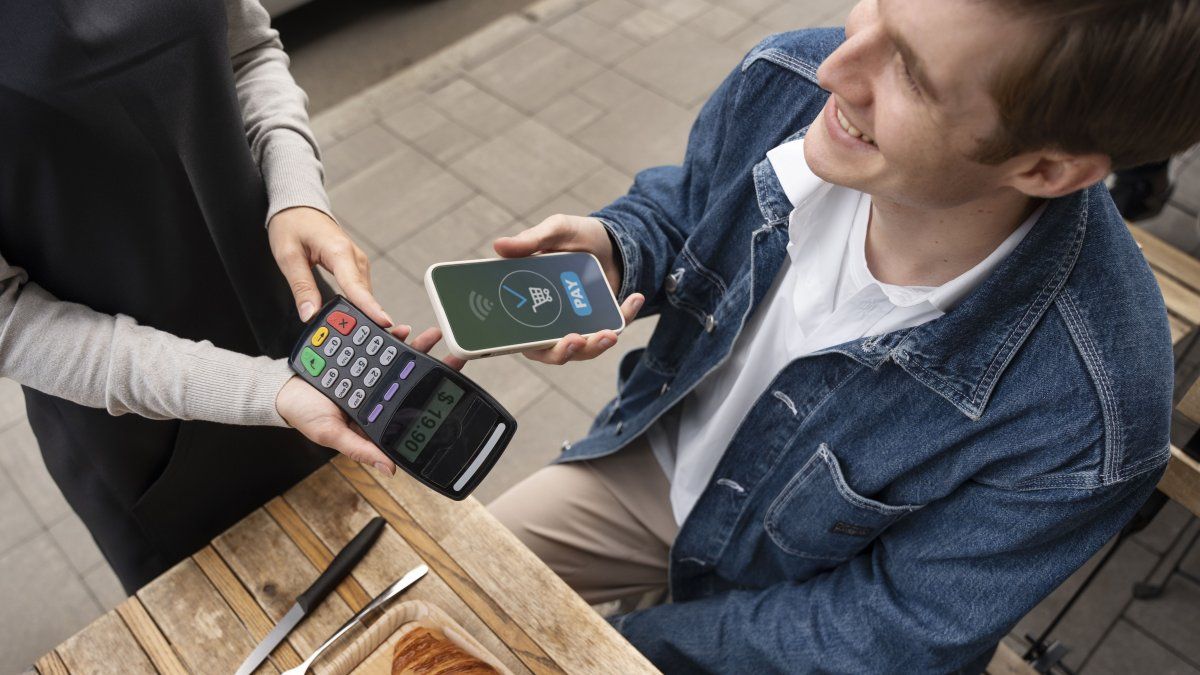The use of virtual wallets It is becoming more and more widespread among Argentines, who, in addition to the simplicity of paying their expenses with their cell phone, seek to obtain a return through the investment of your money without having it held.
Currently, With changes in interest rates and deregulation, investment performance is one of the main ways that virtual wallets and banks compete for customer acquisition. Especially those that beat inflation, even if just by a little.
For example, one of the ones that pays the best rate is Orange Xwith an APR of 42% (and an EAR of 51.11%); that is, 3.5% per month. This means that each month, this return is obtained, in a real and daily manner, on the balance held in the virtual wallet.
The thing about this remunerated account is that it has a limit that has just been updated, as recently reported, and will now be $600,000 (previously it was $400,000). It should be noted that other virtual wallets give a lower rate, but they do not have any limit.
Ranking of the best performing virtual wallets
The 10 virtual wallets that operate in Argentina, ranked by best performance, are:
- Orange X: 42%
- Uala: 41%
- Taca Taca: 37.33%
- Personal Pay: between 37 and 47%
- Supervielle Bank: 36.57%
- Market Payment: 36.39%
- Galicia Bank: 35.61%
- Lemon Cash: 35.61%
- N1U: 35.45%
- Prex: 34.04%
How do virtual wallets work?
Virtual wallets, also known as digital wallets or “wallets,” have become an essential tool in the world of modern finance. They allow users to make electronic transactions quickly and securely, replacing the need to carry cash or physical cards. But how exactly do these wallets work? Here are the key aspects.
What is a virtual wallet?
A virtual wallet is an application or software that allows you to store, manage and transfer money digitally. In addition to money, these wallets can store credit and debit card information, travel tickets, discount coupons, and even cryptocurrencies, depending on the platform.
Types of virtual wallets
There are two main types of virtual wallets:
- Closed wallets: They are linked to a specific company or service. For example, accounts on platforms such as Mercado Pago or Amazon Pay can only be used within their respective ecosystems.
- Open Wallets: They allow payments to be made on multiple platforms and in stores, both online and physical. Examples of these are Google Wallet, Apple Pay or PayPal.
How virtual wallets work
The operation of a virtual wallet is based on the integration of several technologies that allow the transfer of money safely:
-
Registration and Linking: First, the user must register on the wallet platform and link a bank account, credit or debit card, or load funds into the wallet through other methods, such as bank transfers.
-
Generation of Keys and Tokens: To ensure security, virtual wallets use cryptography. When you make a transaction, your actual banking information is not shared; instead, a “token” or one-time code is generated that represents your financial information. This protects your sensitive data in case the transaction is intercepted.
-
Payments and Transfers: To make a payment, the user simply selects the virtual wallet payment option at a merchant that accepts this method, enters the amount and confirms the transaction. Transfers to other people work in a similar way, using a phone number, email or QR code.
-
Authentication and Security: Most virtual wallets implement additional security measures such as biometric authentication (fingerprint, facial recognition) or one-time passwords (OTP) to verify the user’s identity before authorizing a transaction.
Advantages of using virtual wallets
- Comfort: You don’t need to carry cash or physical cards; just your smartphone.
- Speed: Transactions are usually instantaneous.
- Security: Data is encrypted and transactions tokenized, reducing the risk of fraud.
- Integration: Many wallets allow you to pay in physical and online stores, as well as transfer money to other people easily.
Challenges and considerations
While virtual wallets are safe, users should be cautious when choosing where and how to use them. It is essential to keep the wallet software updated and use secure networks to avoid potential hacks. Also, in case of losing the mobile device, it is crucial to have account recovery mechanisms to prevent unauthorized access.
Future of virtual wallets
With the advancement of technology and mass adoption of digital payments, virtual wallets are likely to continue to evolve. They are expected to incorporate features such as automatic payments, artificial intelligence to manage personal finances, and greater integration with rewards systems and loyalty programs.
In short, virtual wallets represent a major advance in the way we handle money, offering a fast, convenient and secure alternative to cash and traditional cards. Knowing how they work will allow you to take full advantage of their benefits in everyday life.
Source: Ambito
I am a 24-year-old writer and journalist who has been working in the news industry for the past two years. I write primarily about market news, so if you’re looking for insights into what’s going on in the stock market or economic indicators, you’ve come to the right place. I also dabble in writing articles on lifestyle trends and pop culture news.




